



VR and AR: A safe landing on the plant floor
VR and AR revolutionize manufacturing by providing real-time insights into equipment health and product models. With IIoT integration, these technologies enhance training, assembly, and maintenance through immersive, hands-on experiences.

Optimizing Manufacturing with VR & AR
VR and AR empower manufacturers to gain insights into their equipment health and product models. This leads to operation and process efficiencies, which in turn enhances product quality and reduces time to market.
These technologies leverage sensors, cameras, smart devices and wearables, and other Industrial Internet of Things (IIoT) tools.
Training becomes easier, as workers are given a visual, hands-on experience in front of the machines, and this leads to improved assembly, and maintenance.

AR/VR for Operations
Manufacturers can leverage AR/VR functionalities for multiple operational activities on the factory floor, including:

Virtual Plant Tour
This experience is multi-user and both the guide and the customer could go into the experience and see what the factory and infrastructure looks like, while the guide could explain the processes to the customer while both are inside the experience.
The High-end VR experience can be used for training staff as well.

VR Machinery Operation Training
In industries where small mistakes are costly, VR training offers a safer, more effective, and cost-efficient solution.
Studies show VR training matches traditional methods, with over 80% of users preferring it. No wonder more companies are investing in VR-based training programs.
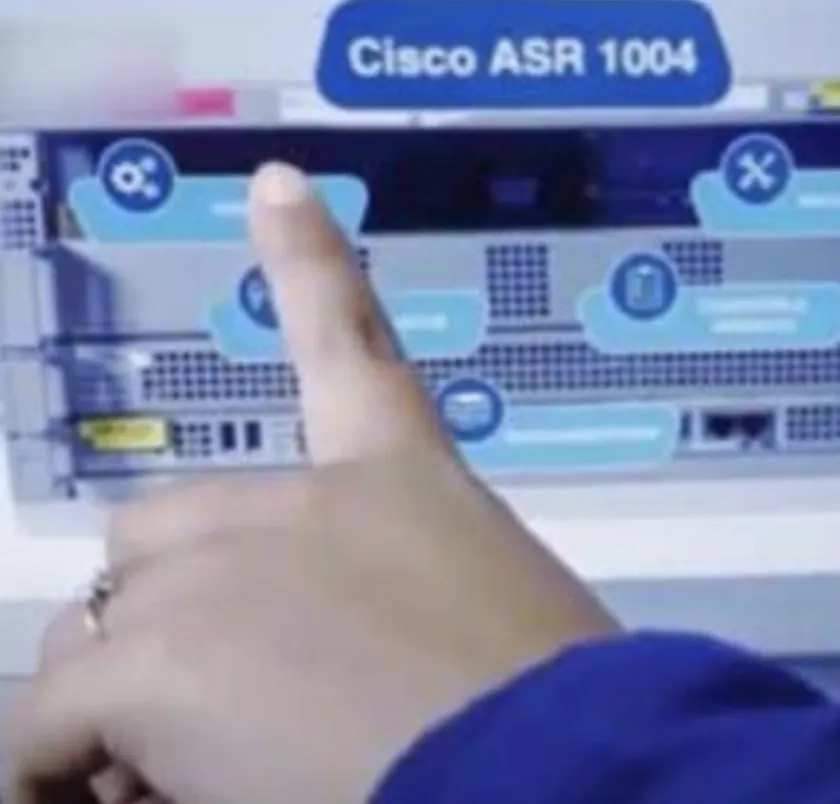
AR Enhanced Technical Manuals
The operator can then explore the functionality of the equipment by interacting with the phone. This leads to much better understanding and retention of the operation of the equipment than diagrams alone.

VR and AR in Automotive Industry
As a result, it isn’t surprising that more and more automotive industries are now using VR and AR technologies across the different product and sales processes for higher efficiency — whether it be design, research, manufacturing, sales, or marketing.
In most industries including automotive, the implementation of modern technologies is one of the major factors for success in highly competitive markets.
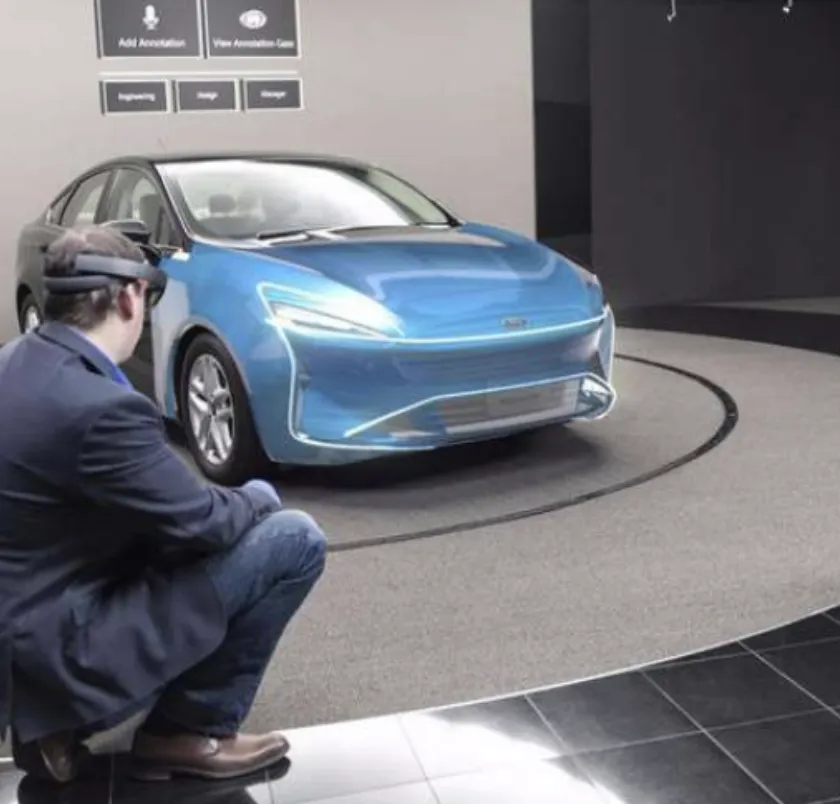
Use Cases for VR in Automotive
VR and AR technologies can help auto businesses get a number of significant benefits in the following use cases:
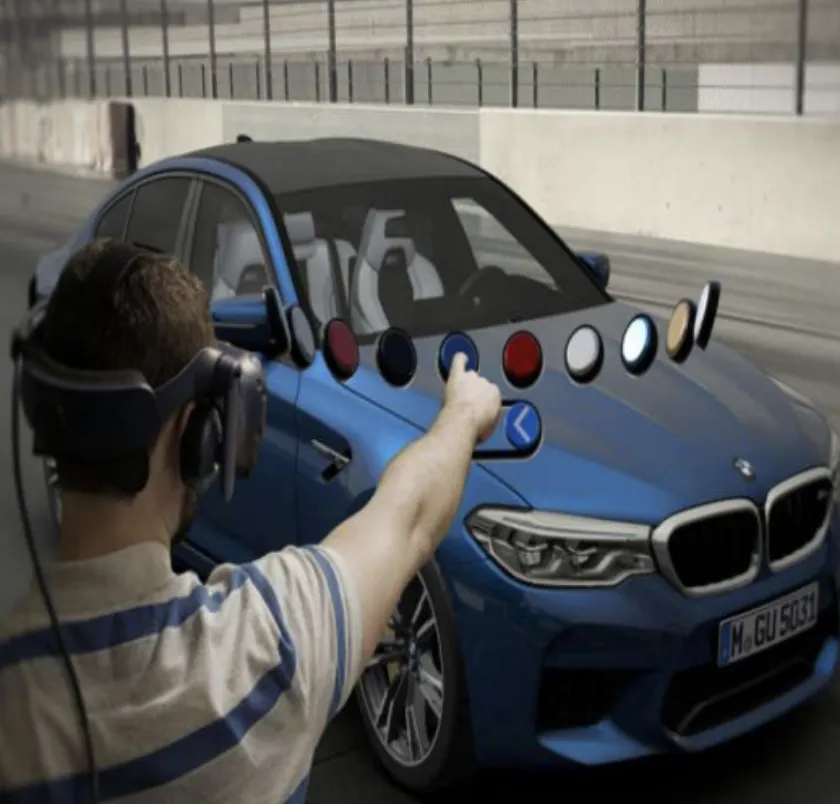
Virtual Car Showroom
Unlike traditional dealerships with limited stock, VR lets buyers explore different colors, features, and interiors in a lifelike setting.
With VR headsets and haptic devices, users can interact with vehicles, reducing the need for large showroom spaces while enhancing the shopping experience.
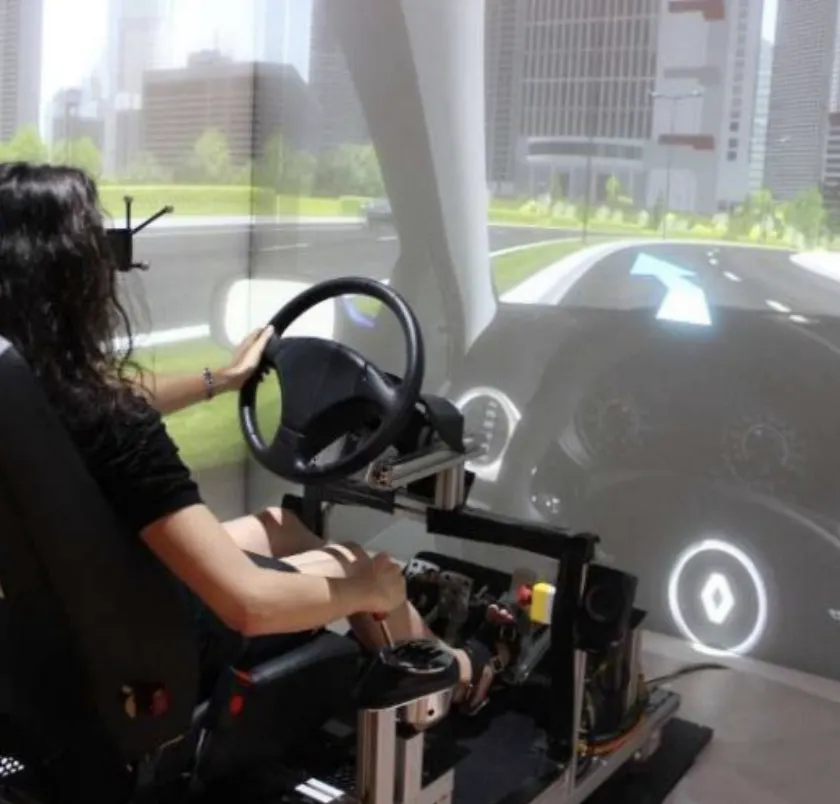
VR Car Driving Simulation
This technology can help customers test drive the cars of their choice while sitting in the exact same seat. A Motion simulation seat also allows the user to experience the real movements and vibrations as they would experience in a real car.
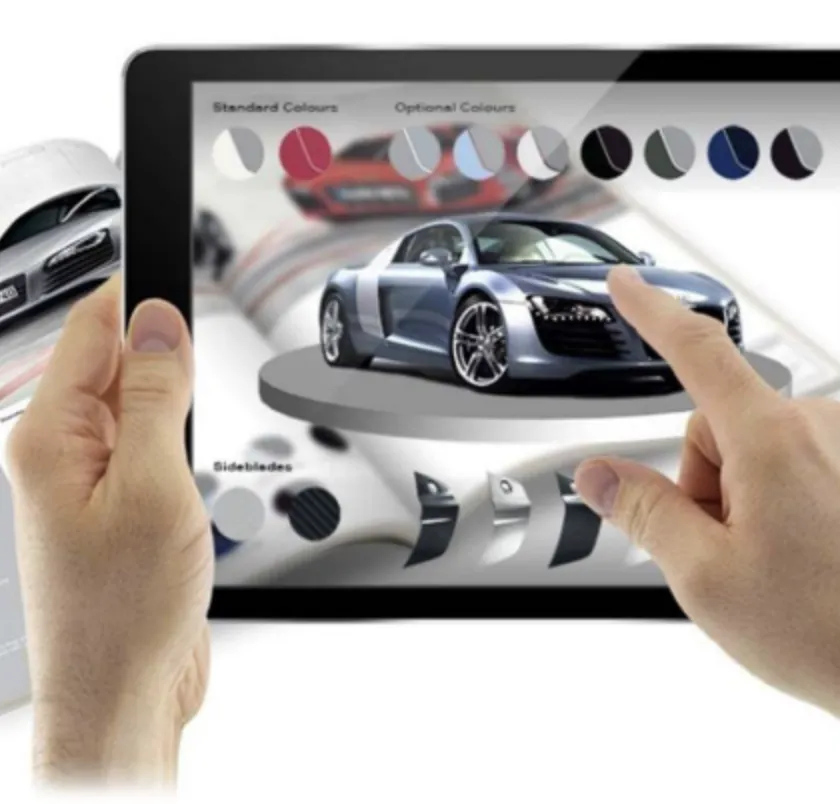
AR Car Showcase
By scanning an ad with the AR app, a highly detailed 3D model of the car will appear on top of the ad.
The customer can then choose a different color, choose different alloy wheels, and explore various features of the car by interacting with the AR app.